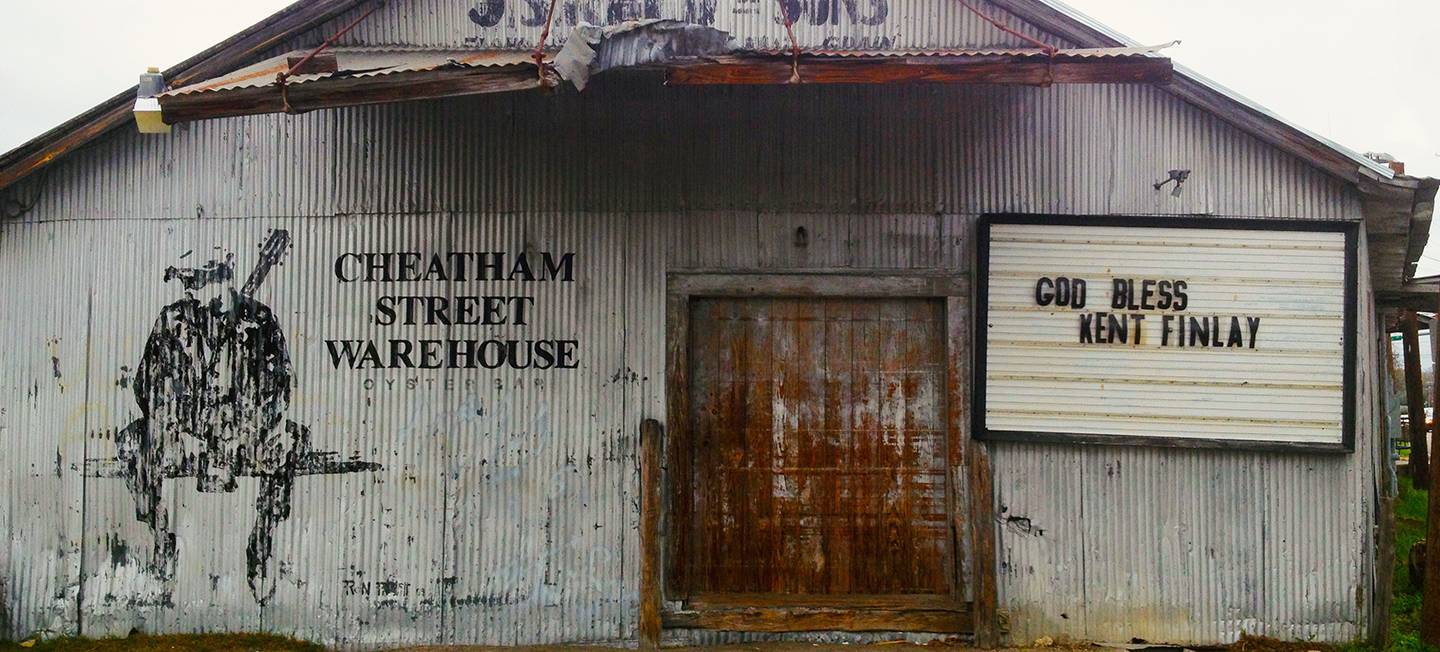The Day The Music Died

Editor's Note:
The Day The Music Died
by William Jensen
Texas music is as big and diverse as its landscape and cuisine. From Bob Wills to Stevie Ray Vaughan to Blue October to The Dixie Chicks to ZZ Top to Beyoncé, the elements that define Lone Star State tunes vary. We’ve got blues coming in from the East, Tejano moving up from the South, and progressive country busting out of Austin. But for me, Texas will always be connected to Buddy Holly. Every time I hear “That’ll Be The Day” or “Not Fade Away,” I start tapping my feet and bopping my head. You can hear Buddy’s influence in punk rock, heavy metal, and even in hip-hop.
There are lots of stories of the famous man in glasses from the city of Lubbock. My personal favorite is the one where he and the rest of The Crickets played at the Apollo Theater in New York. The story goes—and truth and myth often blur when it comes to rock history—that Holly was hired to play before anyone saw a picture of him, so when the curtains opened, the all black audience sat in a shocked silence as they looked at a bunch of white boys from Texas. But Buddy and The Crickets played a great show and the crowd loved it.
Texas has had a lot of great singers, songwriters, and musicians over the years. It is always sad when they pass away too soon. Buddy Holly died in the infamous plane crash of 1959 alongside Ritchie Valens and the Big Bopper. Janis Joplin overdosed at age twenty-seven. Dimebag Darrel, the guitarist of Pantera, was assassinated on stage back in 2004. And this spring marks the twentieth anniversary of Selena’s murder. Dubbed the Queen of Tejano music, Selena was quickly becoming an icon as she broke through cultural walls. Not only did she break through the Tejano music gender barrier, Selena was able to bridge her fan base more than any other Tejano star. Just recently there was a two-day festival in honor of Selena’s life, music, and legacy. The Fiesta de la Flor showcased Tejano music, various local and regional food trucks, and screenings of the movie Selena.
We recently lost another giant of Texas music in the passing of Cheatham Street Warehouse owner, Kent Finlay. A local and important staple, the Cheatham Street Warehouse in San Marcos was where George Strait got his start.
The small bar and dance hall quickly became a type of hub for up and coming singer/songwriters such as Terri Hendrix, James McMurtry, and Randy Rogers. Finlay, who was seventy-seven, loved music and Texas, and he will be sorely missed. His legacy lives on in his three children and granddaughter. You can catch his daughter HalleyAnna sing at Cheatham Street. His son Sterling, also a musician, has performed and recorded with Big John Mills, the Gourds, John Arthur Martinez, Todd Snider, and HalleyAnna of course. We look forward to a book, Kent Finlay: Dreamer, written by Kent’s daughter Jenni and Brian T. Atkinson to be out later this year.
In this issue of Texas Books in Review, we have several pieces about the bands, concerts, and records that have come out of our diverse and sprawling state. Jason Mellard has his thoughts on John T. Davis’s The Flatlanders: Now It’s Now Again, a biography of the group. We also have Travis Stimeling’s review of Homegrown: Austin Music Posters 1967-1982. Edited by Alan Schaefer, this book presents the wild and groovy art that promoted all of the cosmic cowboys who took the stage not that long ago. (This book is a catalogue of the posters currently on view at Texas State University’s Wittliff Collections in San Marcos).
Also in this issue: Caitlin McCrory’s review of Dave Oliphant’s newest poetry; Joe McDade tackles Joe Holley’s political novel The Purse Bearer; and Steven L. Davis comments on Red State: An Insider’s Story of How the GOP Came to Dominate Texas Politics by Wayne Thorburn. We’d like to make a note that this will be Mr. Davis’s final review for us. Steve, who recently won the PEN award for Dallas 1963 (which he co-wrote with Bill Minutagli), has reviewed novels and biographies and everything else under the sun for over twenty years. His writings have been featured multiple times here in Texas Books in Review, and all of us here at the Center for the Study of the Southwest want to thank him for the years of friendship and hard work.
Texas puts out great books and great music. From the rap in Houston, to the grindcore scene in San Antonio, to the western swing up in Dallas, there’s always a place to scream and shout and dance. When it comes to our books? All I can say is “Rave on!”
